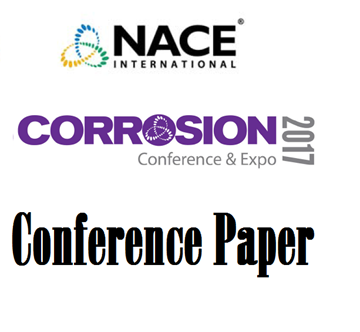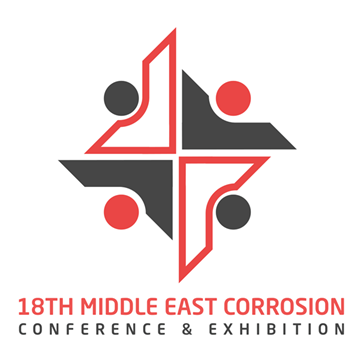Search
Individual Conference Papers
View as
Sort by
Display
per page
Investigation on Localized Corrosion Resistance of Nickel-based alloy UNS N07718 under Sour conditions of PuGuang Field simulated Environment
Product Number:
51322-17761-SG
Publication Date:
2022
$20.00
Investigation on Metal Dusting Corrosion Phenomena Over Incoloy 800
Product Number:
51317--9439-SG
ISBN:
9439 2017 CP
Publication Date:
2017
$20.00
Investigation on Release Rates of Vacuum Tight Threaded Junction (VTTJ) Samples Exposed to Ultrapure Water
Product Number:
ED22-18439-SG
Publication Date:
2022
$20.00
Investigation On The Localized Corrosion Performance Of Lean Duplex Stainless Steels In Urban Wastewater Treatment Plants
Product Number:
51322-17756-SG
Publication Date:
2022
$20.00
Investigation on the Mechanism of Corrosion Inhibitors by Contact Angle and Surface Tension
Product Number:
51324-21173-SG
Publication Date:
2024
$40.00
Investigation Study on a Failed Reinforced Thermosetting Resin Pipe
Product Number:
MECC23-20059-SG
Publication Date:
2023
$20.00
Investigations Of Corrosion Protection Of Natural Gas Pipeline Steel By Al Sacrificial Corrosion Coatings Using Electrochemical Techniques
Product Number:
51321-16689-SG
Publication Date:
2021
$20.00
Investigations on Cathodic Protection Current Diversion to Carrier Pipe With Vci Gel Annulus Fill In Cased Pipelines
Product Number:
51319-13133-SG
Publication Date:
2019
$20.00
Investigations on Extrusion Conditions and Their Effects on Aesthetics and Long-Term Performance
Product Number:
51324-21091-SG
Publication Date:
2024
$40.00
Investigations on the Cavitation Erosion Behavior of Aluminium Bronze in Seawater
Product Number:
51319-13308-SG
Publication Date:
2019
$20.00
Investigations On The Effect Of Cold Work And Proton Irradiation On The EAC Behavior Of Austenitic Stainless Steels
Product Number:
ED22-18528-SG
Publication Date:
2022
$20.00
Investigations on the Microstructural Stability after Long-term High-temperature Exposure of Alloy 699 XA
Product Number:
51323-18845-SG
Publication Date:
2023
$20.00












